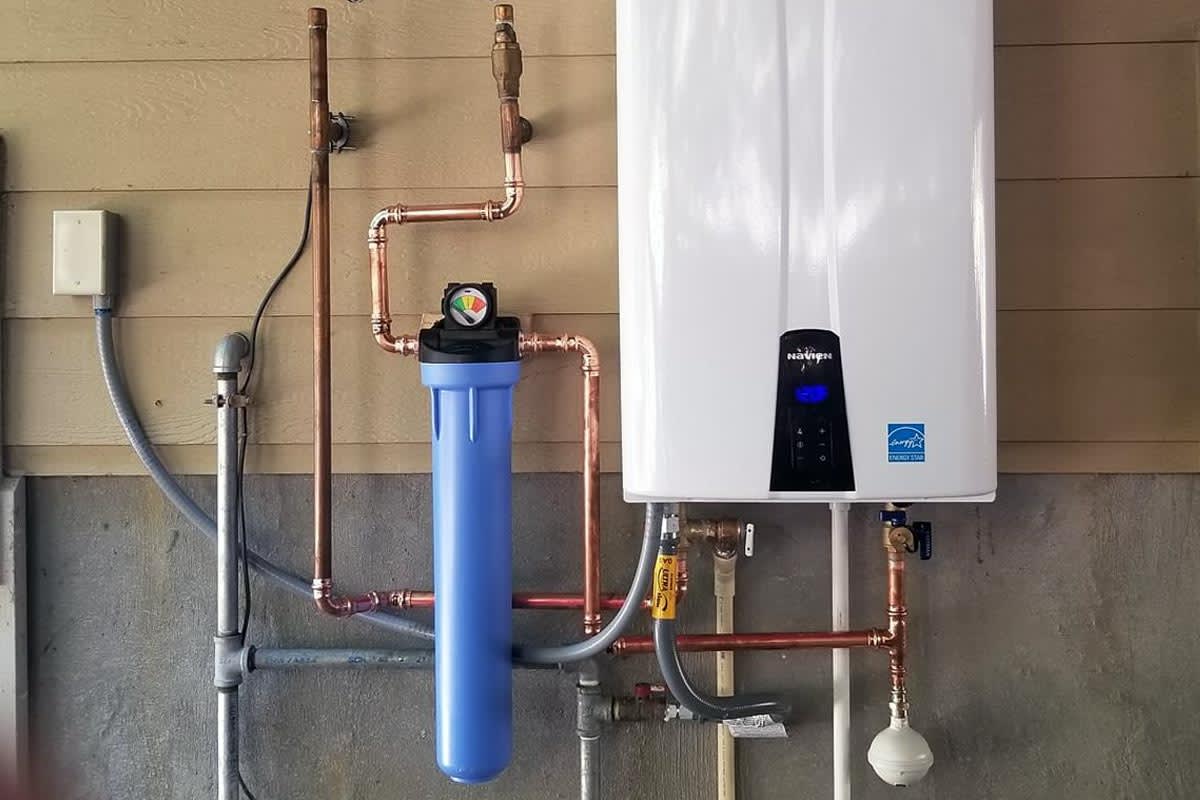Best Practices for Maintaining Your Home's Hot Water SystemEffective Techniques for Caring for Your Home's Hot Water System
Best Practices for Maintaining Your Home's Hot Water SystemEffective Techniques for Caring for Your Home's Hot Water System
Blog Article
Almost everyone may have their unique piece of advice involving How to Maintain a Hot Water Heater in a Few Simple Steps.

Warm water is vital for day-to-day comfort, whether it's for a refreshing shower or cleaning meals. To ensure your hot water system runs efficiently and lasts longer, routine maintenance is essential. This write-up supplies sensible pointers and understandings on exactly how to keep your home's hot water system to prevent disruptions and pricey repair services.
Introduction
Maintaining your home's hot water system may seem daunting, yet with a couple of simple actions, you can guarantee it runs efficiently for several years ahead. This overview covers whatever from recognizing your warm water system to do it yourself maintenance tips and recognizing when to employ specialist assistance.
Relevance of Preserving Your Warm Water System
Normal maintenance not only expands the life-span of your warm water system however also guarantees it runs efficiently. Disregarding upkeep can bring about reduced efficiency, greater power costs, and even premature failing of the system.
Indicators Your Hot Water System Requirements Upkeep
Understanding when your hot water system needs focus can stop significant concerns. Watch out for indications such as inconsistent water temperature level, odd noises from the heater, or rustic water.
Comprehending Your Warm Water System
Prior to diving right into maintenance jobs, it's valuable to recognize the fundamental elements of your hot water system. Typically, this consists of the hot water heater itself, pipelines, anode rods, and temperature controls.
Regular Monthly Maintenance Tasks
Regular regular monthly checks can help catch small problems before they rise.
Purging the Water Heater
Purging your water heater removes debris accumulation, improving performance and lengthening its life.
Monitoring and Changing Anode Rods
Anode poles prevent corrosion inside the storage tank. Checking and changing them when worn out is crucial.
Checking and Readjusting Temperature Level Settings
Changing the temperature settings ensures optimal performance and security.
Do It Yourself Tips for Upkeep
You can execute a number of maintenance tasks on your own to maintain your warm water system in top problem.
Looking for Leaks
Routinely check pipes and links for leaks, as these can lead to water damage and greater bills.
Examining Stress Relief Valves
Examining the pressure safety valve guarantees it functions properly and stops excessive stress buildup.
Insulating Pipes
Insulating hot water pipes minimizes warm loss and can save energy.
When to Call an Expert
While do it yourself maintenance is helpful, some issues need expert know-how.
Complicated Problems Needing Expert Aid
Instances consist of significant leakages, electrical issues, or if your water heater is constantly underperforming.
Routine Professional Maintenance Benefits
Specialist maintenance can consist of complete examinations, tune-ups, and guaranteeing conformity with safety criteria.
Conclusion
Normal maintenance of your home's hot water system is necessary for efficiency, long life, and cost savings. By complying with these pointers and recognizing when to seek professional help, you can ensure a trusted supply of warm water without unanticipated disruptions.
How to Maintain an Instant Hot Water Heater
Before tinkering with your hot water heater, make sure that it’s not powered on. You also have to turn off the main circuit breaker and shut off the main gas line to prevent accidents. Also turn off the water valves connected to your unit to prevent water from flowing into and out of the appliance. 2. When you’re done, you have to detach the purge valves’ caps. These look like the letter “T” and are situated on either side of the water valves. Doing so will release any pressure that has accumulated inside the valves while at the same time avoid hot water from shooting out and burning your skin. 3. When the purge valves’ caps are removed, you have to connect your hosing lines to the valves. Your unit should have come with three hoses but if it didn’t, you can purchase these things from any hardware or home repair shops. You can also get them from retail stores that sell water heating systems. Read the user’s manual and follow it to complete this task properly. When the hosing lines are connected, open the purge port’s valves. 4. You should never use harsh chemical cleaners or solutions when cleaning your unit. Make use of white vinegar instead. It should be undiluted and you’ll probably use about 2 gallons. 5. Now flush your water heater. This task should probably take about 40 minutes. We can’t give you specific directions for this because the procedure is carried out depending on the type, model and brand of your heater. With that being said, refer to the user’s manual. 6. When you’re done draining the unit, you have to turn off the purge port valves again. Remove the hosing lines that you earlier installed on each of the water valves. Put the valve caps (purge port) back in their respective places and be very careful so as not to damage the rubber discs that are found inside these caps. 7. Now that everything’s back in place, check your user’s manual again to find out how to reactivate your water heating system. 8. Once it is working, turn one of your hot water faucets on just to let air pass through the heater’s water supply pipes. Leave the tap on until water flows smoothly out of it. https://www.orrplumbing.com/blog/2014/september/how-to-maintain-an-instant-hot-water-heater/

As a person who reads about What Kind of Maintenance Do Water Heaters Need?, I was thinking sharing that information was valuable. Enjoyed reading our review? Please share it. Help another person find it. Thank you for being here. Please check up our site back soon.
At This Website Report this page